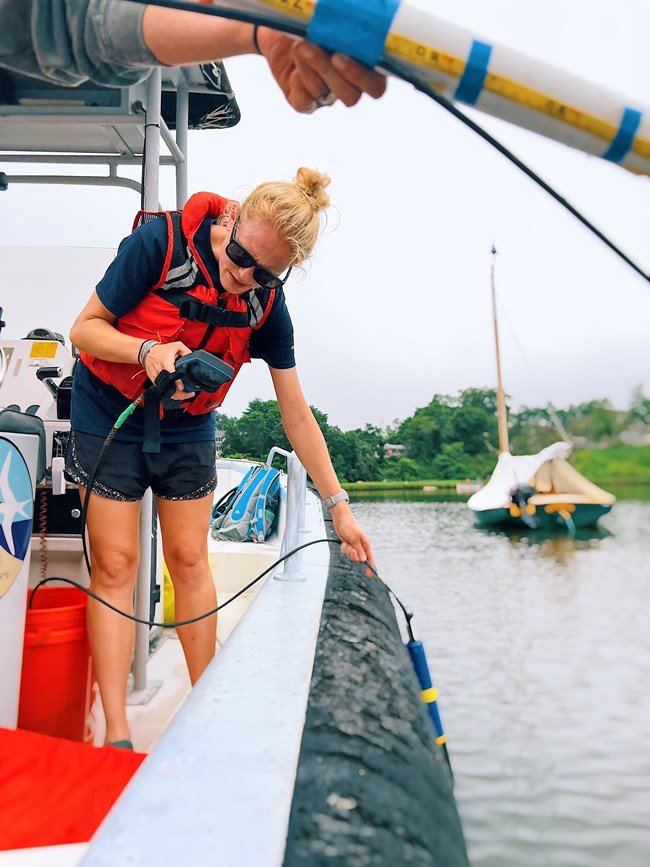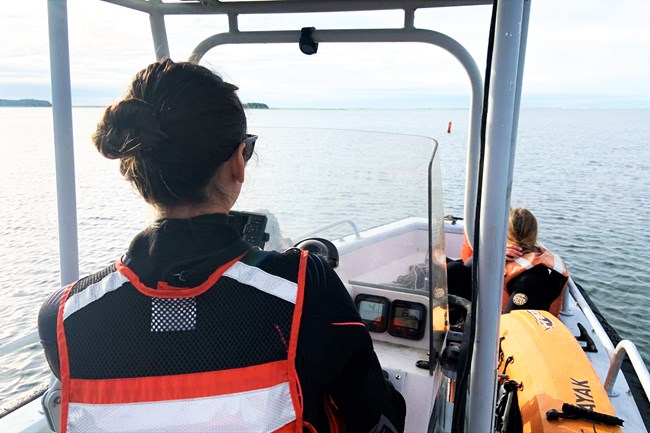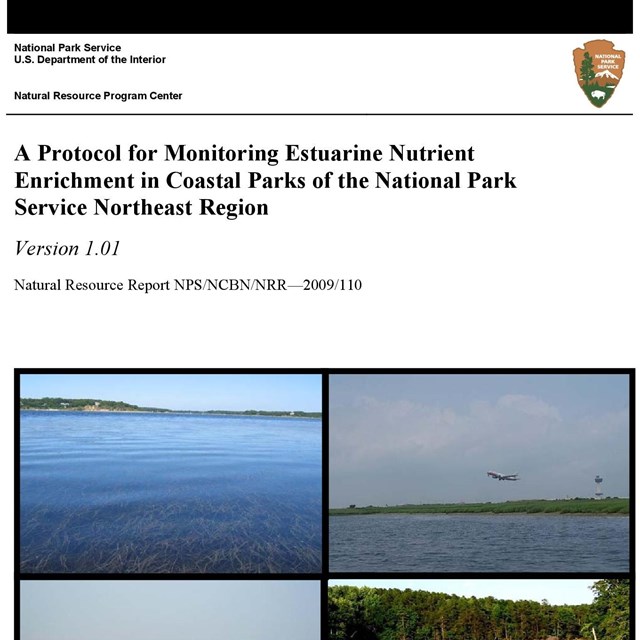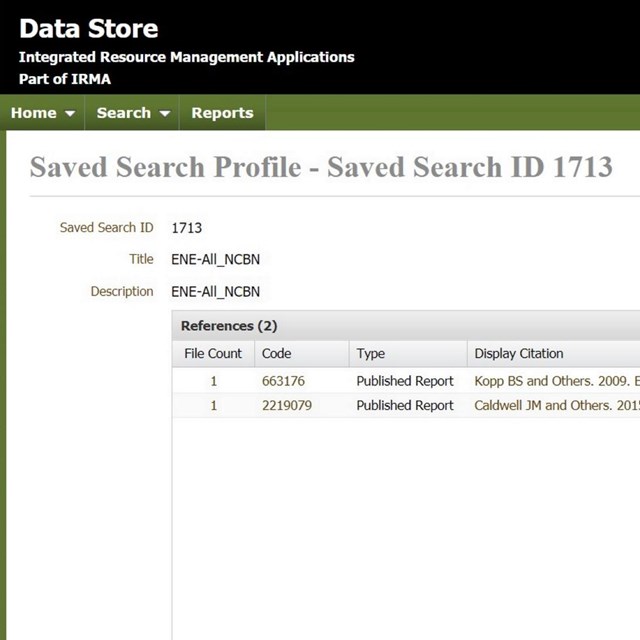Latest Update
Water Quality Status Reports
Michaela Compo / NPS Photo
Clean water is essential to life and good health everywhere. On top of needing to drink water, many of us also enjoy swimming in the oceans or fishing in rivers. The quality of water we surround ourselves with becomes essential to our health, as well as to that of estuarine ecosystems. Our northeastern coastline has twice the population density compared to any other region of the country. That population continues to grow. Excess nutrient loading enters coastal waters from our agricultural activities, residential developments, and urban expansions. This excess causes harmful algae blooms and loss of seagrass and oxygen, all of which impact human and wildlife communities.
In addition to monitoring seagrass, we also monitor water quality as a vital sign of estuarine health at the Northeast Coastal and Barrier Network. Our work informs our parks of trends in species composition, habitat change, and declines of commercially important fish populations.
How We Monitor
- Identify sites in an estuary to collect water samples from
- Measure oxygen concentration, turbidity, temperature, salinity, chlorophyll-a concentration, and organic carbon concentration.
- Repeat for each monitored park every year during summer

Colleen Keenan / NPS Photo
Where We Monitor
- Assateague Island National Seashore
- Cape Cod National Seashore
- Colonial National Historical Park
- Fire Island National Seashore
- Gateway National Recreation Area
- George Washington Birthplace National Monument
Publications
-
 ProtocolWater Quality Protocol
ProtocolWater Quality ProtocolNCBN Protocol for Monitoring Estuarine Nutrient Enrichment in Coastal Parks of the National Park Service Northeast Region, Version 1.01
-
 ReportsWater Quality Reports
ReportsWater Quality ReportsNCBN Estuarine Water Quality Reports List
Last updated: September 10, 2024
